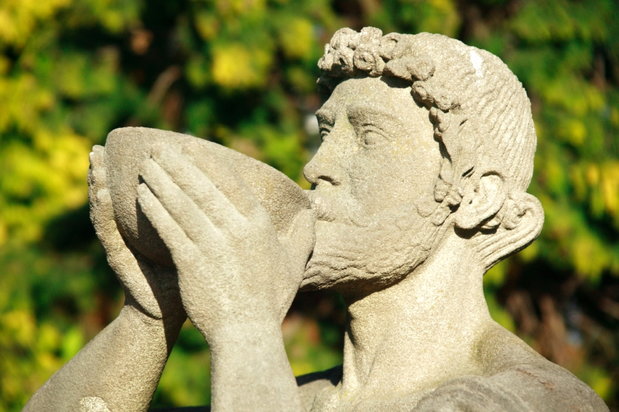The literature on treating alcoholism is rife with controversy. There are at least seven hot-button questions that should be addressed before a successful treatment is presented to the general population:
- Is alcoholism a symptom or a disease?
- Does alcoholism progressively worsen?
- Are alcoholics (prior to becoming so) different from non-alcoholics?
- Is abstinence required for a successful recovery?
- Is returning to a safe social drinking status ever possible without relapsing?
- Does treatment alter the natural history of alcoholism?
- How successful is Alcoholics Anonymous in treating alcoholism?
As the heart of the treatment controversy, question one—at the very least—requires further investigation. The subject was first addressed in the scant history of alcoholic literature by Thomas Trotter in 1804 who wrote: “In medical language, I consider drunkenness, strictly speaking, to be a disease produced by a remote cause in giving birth to actions and movements in a living body that disorders the functions of health.” A statement not without some serious ambiguities.
In 1882, in the pamphlet titled “Drunkenness a Vice Not a Disease,” J.E. Todd posited: “Every human soul is worth saving, but what I mean is, that if a choice is to be made, drunkards are about the last class to be taken hold of.” A bold statement with its own share of ambiguities, albeit on the opposite end.
The other six questions also have no single answer. Experienced alcohol researchers disagree with each other on every one of them. This of course delays research on effective alcohol treatments and leaves therapeutic rehabilitation methods to a trial and error basis with no accurate means to measure the success of any specific treatment.
The Debate Lives On
In 1951, almost a century after Todd’s pamphlet was published, the World Health Organization (WHO) came up with a statement that alcoholism, or at least certain forms of it, is a disease process.
This was not met without skepticism. In 1972, writer David Robinson suggested that alcoholism is too vague a concept to accurately define.
Nevertheless, the American Medical Association, American Psychiatric Association, American Public Health Association, American Hospital Association, American Psychological Association, National Association of Social Workers, World Health Organization and the American College of Physicians have all officially proclaimed that alcoholism is a disease. Even with this authoritative proclamation, there are still many researchers of alcoholism who, like Robinson, remain skeptical.
Disputable Success Rates
To further complicate things, the historical reporting of success rates in treatment methods is inaccurate—and today’s statistics are not much better. This has not helped in the progress of alcoholic rehabilitation therapies. In fact, the success rates of treatments for alcoholism have not improved in any significant way in the last 25 years.
In the early 1900s, treatment consisted of hospitalizing the patient and treating the related physical disorders attributable to alcoholism: tremors, withdrawal symptoms, delirium tremens dehydration, organ damage and malnutrition, to name a few.
No thought was given to treating the person as a “whole,” like modern rehabilitation therapies do now. Today, therapies consist of referral to Alcoholics Anonymous, family therapy and specific drugs to help curb cravings and ease symptoms of withdrawal. One would hope that success rates have improved over the years as the new treatments become available but that may or may not be the case.
Unreliable Statistics
Rehabilitation facilities are the first to say that they are proud of their “success rates.” Since alcoholism is declared a disease, these rates are the measurements used to obtain government money and insurance patients. Indeed a new graduate of an alcohol treatment facility is a success, but what about his or her condition six months, a year or two years post-graduation? What really constitutes as a “successful” length of time that a person is no longer abusing alcohol?
Unfortunately, there is no long-term follow up of former patients to find out their current status vis-a-vis alcohol. Even if there were, it is doubtful that a former abuser would tell the absolute truth about his or her post-rehabilitation condition.
With all this in consideration, someone seeking help should not be looking at numbers, which are apt to be meaningless, but looking carefully into programs the facility is offering.
Recovery is a very individual circumstance. There is, as yet, no magic bullet, no magic therapy and no magic drug to ease the way. There are, however, drugs to ease the symptoms of withdrawal, sympathetic peers who share the complexities of addiction and caring staffs in treatment centers to offer much needed support.
Although there’s been many studies done since then, the conclusion drawn by alcohol abuse researcher and University of California professor Don Cahalan in 1970 seems to remain the most true today. He saw the following happening with the passage of time: some alcoholics will die, some will abstain, some will return to social drinking and some will continue to abuse alcohol.








